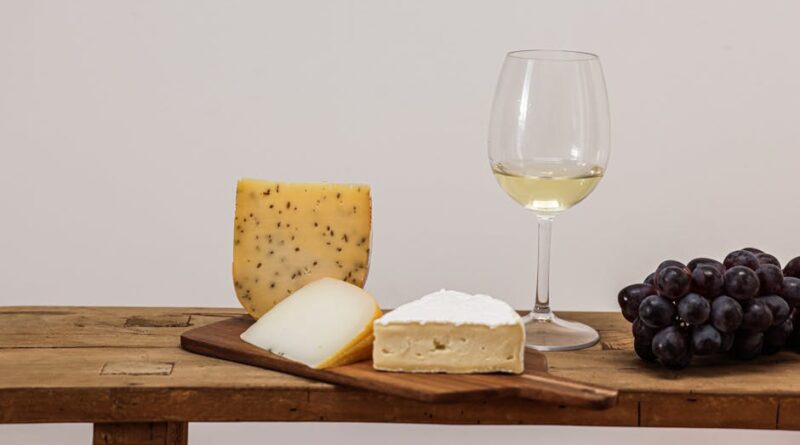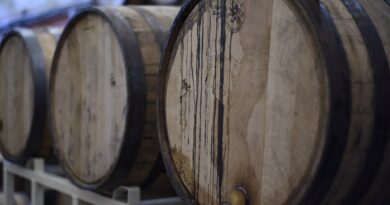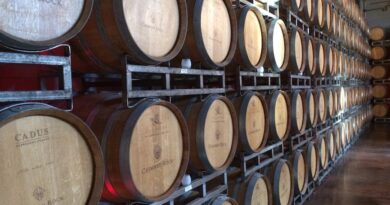How to Host a Wine Tasting
Wine tasting is an art that requires both knowledge and practice. Whether you are a wine enthusiast looking to expand your palate or someone who simply enjoys a good glass of wine, hosting a wine tasting can be a fun and educational experience. In this comprehensive guide, we will delve into the intricacies of how to host a wine tasting, from selecting the wines to understanding tasting notes, and creating the perfect ambiance for your guests. So, grab a glass, pour yourself a sip, and lets uncork the secrets of hosting a memorable wine tasting event.
The Basics of Wine Tasting
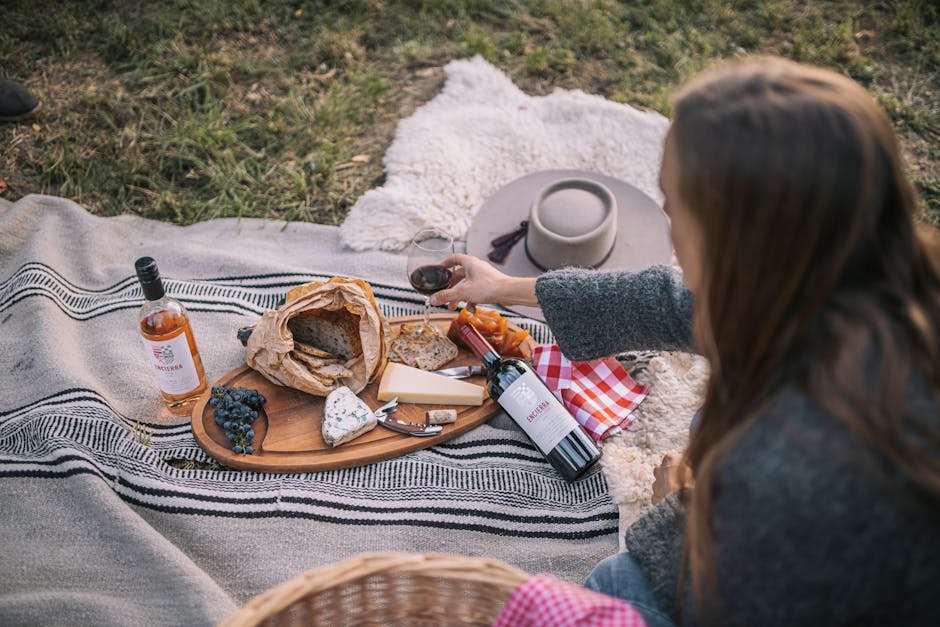
Before you dive into hosting a wine tasting, it is essential to understand the basics of wine tasting. Wine tasting is not just about drinking wine; it is a sensory experience that involves sight, smell, taste, and touch. When tasting wine, you should pay attention to the color, clarity, aroma, flavor, and finish of the wine. These aspects can provide valuable insights into the quality, age, and characteristics of the wine.
When setting up a wine tasting, it is important to have the right tools on hand. This includes wine glasses (ideally tulip-shaped to capture the aromas), a spittoon (for professional tastings), a tasting mat or notebook (to record your impressions), and a wine opener. Additionally, having some bread or crackers on the table can help cleanse the palate between tastings.
Now that you have a basic understanding of wine tasting, lets explore the steps to host a successful wine tasting event.
Step 1: Selecting the Wines
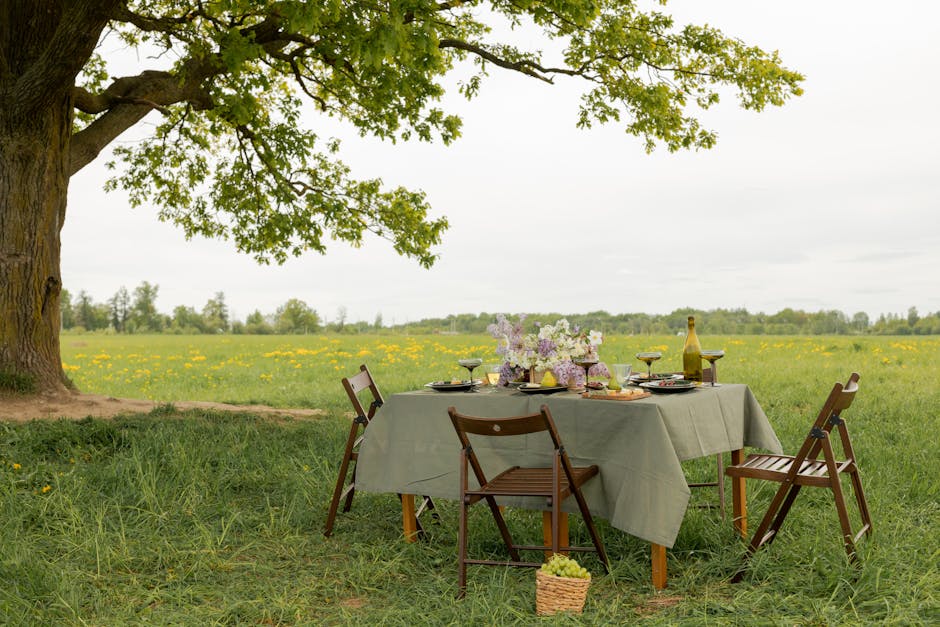
The first step in hosting a wine tasting is selecting the wines you will be tasting. When choosing wines, consider the theme of the tasting (such as a specific region or grape varietal), the number of wines you want to taste (typically 4-6 wines per tasting), and the preferences of your guests. It is also a good idea to include a mix of red, white, and possibly ros or sparkling wines to cater to different tastes.
When selecting wines, it is important to consider the order in which they will be tasted. Start with lighter-bodied wines and gradually move to full-bodied wines to prevent overwhelming the palate. You can also consider serving wines in flights, where wines with similar characteristics are grouped together for comparison.
Remember to consider your budget when selecting wines for a tasting. You dont have to break the bank to host a successful wine tasting; there are plenty of affordable options that still offer great quality and variety.
Step 2: Setting the Stage
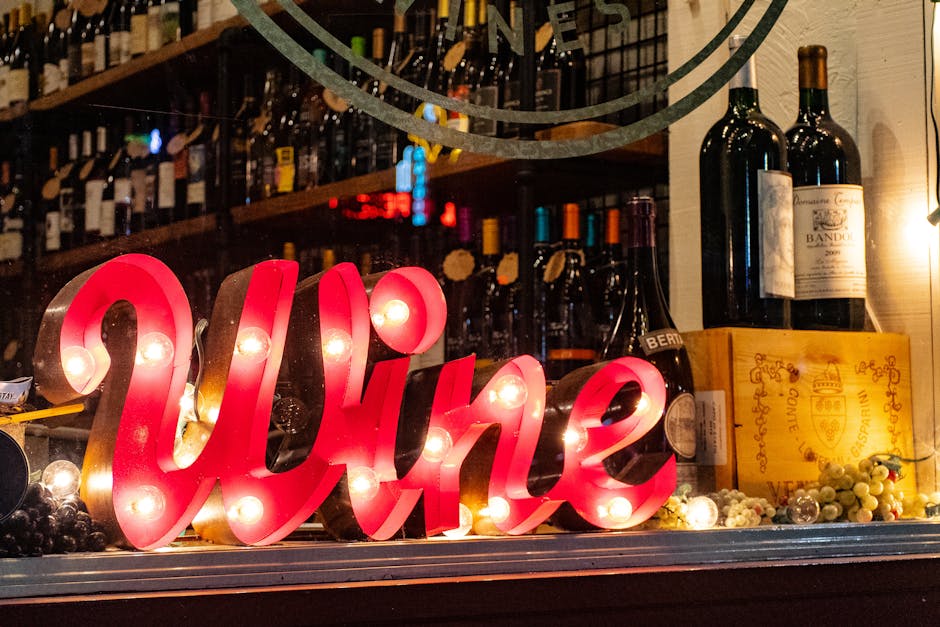
The ambiance of a wine tasting can greatly impact the overall experience. When setting the stage for your wine tasting, consider factors such as lighting, temperature, and music. Dim lighting can create a cozy atmosphere, while natural light can help guests appreciate the color of the wines. The ideal temperature for serving wine is around 55 degrees Fahrenheit for reds and 45 degrees Fahrenheit for whites.
Music can also play a role in enhancing the wine tasting experience. Consider playing some soft background music that complements the theme of the tasting. Classical music or jazz are popular choices for wine tastings, but feel free to experiment with different genres to see what works best for your event.
Finally, consider providing some background information about the wines you will be tasting. This can include details about the winery, the winemaker, the grape varietal, and the region where the wine was produced. This information can help guests appreciate the wines on a deeper level and spark interesting conversations during the tasting.
Step 3: Understanding Tasting Notes
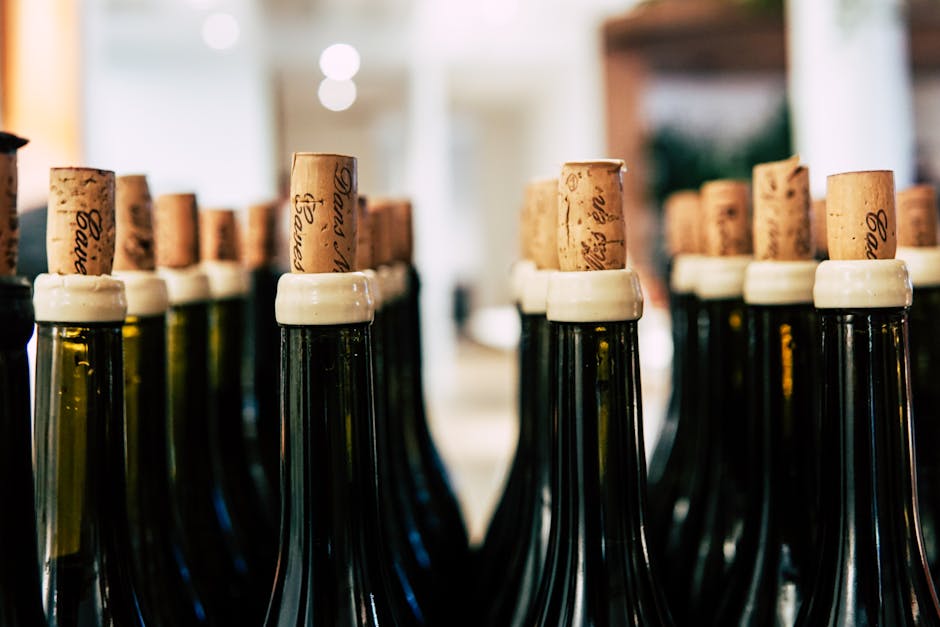
Tasting notes are an essential part of the wine tasting experience. They are a way to record your impressions of a wine, including its appearance, aroma, flavor, and overall quality. Tasting notes can vary from person to person, as everyones palate is unique, but they can provide valuable insights into the characteristics of a wine.
When writing tasting notes, it is helpful to use a systematic approach to ensure that you capture all the important details. Start by evaluating the appearance of the wine, including its color, clarity, and viscosity. Then move on to the aroma, noting any scents of fruits, flowers, spices, or oak. Next, take a sip of the wine and pay attention to the flavor profile, acidity, tannins, and finish.
It can be helpful to use a wine tasting grid or template to guide your note-taking process. This can help you organize your thoughts and provide a consistent format for recording your impressions. Remember, the goal of tasting notes is not to be overly technical or pretentious, but to capture your personal experience and enjoyment of the wine.
Step 4: Tasting and Evaluating the Wines
Now comes the fun part tasting and evaluating the wines! When tasting wine, it is important to engage all of your senses to fully appreciate the experience. Start by looking at the wine in your glass, noting its color, clarity, and intensity. Swirl the wine in the glass to release its aromas, then take a deep sniff to identify the different scents.
When tasting the wine, take a small sip and let it linger on your palate. Pay attention to the flavors, acidity, tannins, and finish of the wine. Consider how the wine evolves in the glass as it aerates and warms up. Remember, there are no right or wrong answers when it comes to tasting wine trust your own palate and enjoy the experience.
After tasting each wine, take a moment to reflect on your impressions and compare notes with your fellow tasters. Discuss the characteristics of each wine, including its aroma, flavor, body, and finish. This can lead to interesting conversations and help you gain a deeper appreciation for the wines you are tasting.
Step 5: Pairing Wine with Food
Pairing wine with food can elevate the tasting experience and bring out the best in both the wine and the food. When selecting food pairings for your wine tasting, consider the flavors, textures, and aromas of the wines you will be tasting. Lighter-bodied wines like Pinot Grigio or Sauvignon Blanc pair well with seafood, salads, and light appetizers, while full-bodied reds like Cabernet Sauvignon or Merlot are a natural match for grilled meats, cheeses, and hearty dishes.
When pairing wine with food, consider the basic principles of wine and food pairing. Match the intensity of the wine with the richness of the food lighter wines with lighter dishes, and heavier wines with heartier dishes. Consider the flavors in the wine and the food look for complementary flavors or contrasting flavors that create a harmonious balance.
Dont be afraid to experiment with different pairings to see what works best for your palate. Wine and food pairing is a personal experience, and what works for one person may not work for another. The key is to have fun and explore new flavor combinations that enhance the tasting experience.
Step 6: Hosting a Blind Tasting
A blind tasting can add an element of mystery and excitement to your wine tasting event. In a blind tasting, the wines are served to guests without revealing their identity, allowing tasters to focus solely on the sensory experience of the wine. This can be a fun way to challenge your palate and test your wine knowledge.
When hosting a blind tasting, consider serving the wines in numbered bags or using blind tasting sleeves to conceal the bottles. Provide guests with tasting mats or notebooks to record their impressions of each wine. After all the wines have been tasted and evaluated, reveal the identity of each wine and compare notes to see if anyone correctly identified the wines.
Blind tastings can be a great way to sharpen your tasting skills, discover new wines, and have a bit of friendly competition with your guests. It can also be a humbling experience, as it reminds us that wine tasting is as much an art as it is a science, and there is always more to learn.
Step 7: Hosting a Virtual Wine Tasting
In todays digital age, virtual wine tastings have become increasingly popular as a way to connect with friends, family, or colleagues from the comfort of your own home. Hosting a virtual wine tasting is a fun and interactive way to explore new wines, share tasting notes, and socialize with others who share your passion for wine.
When hosting a virtual wine tasting, consider selecting a theme or a specific wine region to focus on. Coordinate with your guests to ensure everyone has the same wines available for the tasting. Use video conferencing platforms like Zoom or Skype to connect with your guests, share tasting notes, and engage in lively discussions about the wines you are tasting.
Virtual wine tastings can be a great way to stay connected with loved ones, even if you are miles apart. They can also be a convenient and cost-effective way to explore new wines without leaving the comfort of your home. So pour yourself a glass, raise a toast to your screen, and enjoy the camaraderie of a virtual wine tasting.
Common Misconceptions
One common misconception about wine tasting is that you need to be a sommelier or wine expert to appreciate wine. In reality, anyone can enjoy wine tasting, regardless of their level of knowledge or experience. The key is to approach wine tasting with an open mind and a willingness to learn.
Another misconception is that expensive wines are always better than affordable wines. While some expensive wines are certainly worth the price, there are plenty of affordable options that offer great quality and value. The most important thing is to drink what you enjoy and explore different wines to discover your own palate preferences.
Conclusion
To wrap things up, hosting a wine tasting is a rewarding and enjoyable experience that can deepen your appreciation for wine and create lasting memories with friends and family. By following the steps outlined in this guide, you can host a successful wine tasting that is both educational and entertaining. Remember to select a variety of wines, set the stage for a memorable tasting experience, and engage all of your senses when tasting and evaluating the wines.
Whether you are a wine novice or a seasoned oenophile, hosting a wine tasting is a great way to explore new wines, sharpen your tasting skills, and connect with others who share your love of wine. So gather your friends, uncork a few bottles, and let the wine tasting begin!

